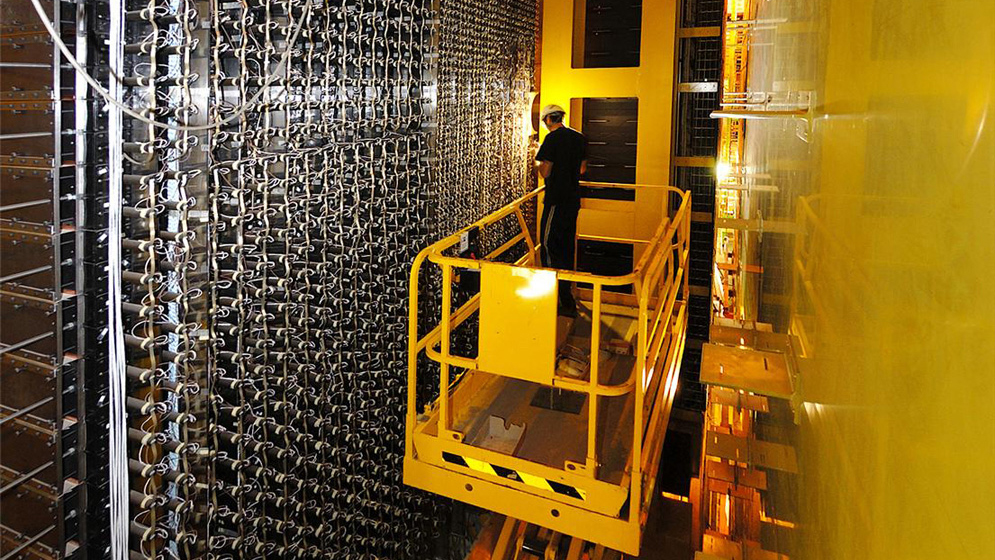IdeaSquare as a shortcut between conceptualising and prototyping
Both working on the LHCb calorimeter, Matteo Salomoni and Kacper Jama used IdeaSquare extensively to develop new calorimeter modules that will be installed during the long shutdown 3. In this letter, they explain how crucial it was for them to be able to come and prototype at IdeaSquare for their project.

The inner part of the LHCb calorimeter, an important detector for the identification of electromagnetically charged particles, will be upgraded during long shutdown 3 to cope with the high radiation levels. New calorimeter modules will be installed, which are expected to be at least 5 times more radiation hard and more than 25 times after the additional upgrade during long shutdown 4.
All the components of the module have to withstand the same radiation level without impacting the performance of the system, both from a physics and engineering point of view. Three parts of the module's instrumentation required specific attention: the light guides, the calibration system, and the photodetector with readout electronics. Of these three, the first two required intense in-house prototyping to fulfill all the requirements.
This phase of the R&D was performed at CERN with the help of several mechanical workshops, technicians, and engineers. IdeaSquare is high on the list in terms of the hours spent to achieve the success we can now claim for the new calorimeter modules. This workshop/lab/open-space, located just next to the globe, provided high-tech machines and training open to any CERN user, allowing us to prototype our ideas without the additional step of asking someone else to design and produce what we had in mind.
The fact that those conceptualising the ideal physics performance could directly prototype was key to obtaining a state-of-the-art calorimeter module in a short amount of time. The laser cutting machine, combined with several 3D printers, allowed us to print almost 100 different light guides and cover them with high-reflectance plastic mirrors, in search of the optimal rad-hard light guide shape in terms of efficiency and homogeneity of light collection. The same applies to the calibration system of the modules, which includes a laser-cut mirror and acrylic plates cut ad hoc depending on the parameters of the module we wanted to create.
The shortcut between the concept and the prototype offered by IdeaSquare guided our ideas. This unique place is like nothing else at CERN and must be preserved as it is.
This letter is a praise, a recognition of importance, and a manifesto for those who need this shortcut.